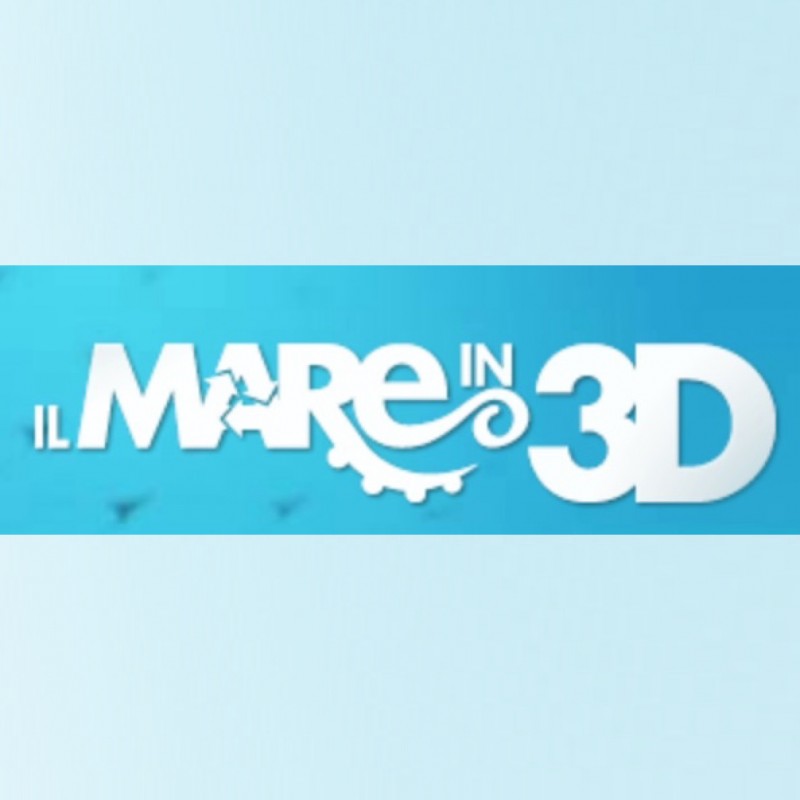25/06/2017 - Projects
Ocean in 3D: A virtous project to protect the Sea

 Reading time: 1.5 minutes
Reading time: 1.5 minutesAims of Ocean in 3D project is harnessing 3D printing technology to give litter left behind by fishermen and bathers a new life. Funded by the Costa Crociere Foundation which has made safeguarding the environment its mission.
THE CHALLENGE
The Scuola di Robotica association, leading partner of this project, has set itself some worthy targets, from promoting a circular economy and fostering virtuous cycles to protecting our seas.
Unfortunately, not all human behaviour is driven by the same deep sense of respect and marvel that the great French explorer and naval officer had for the sea. All too often, the Ligurian coast, well-known for its spectacular natural beauty and abundance of commercially valuable species, unfortunately ends up as a dumping ground for a plethora of plastic and nylon fishing implements and equipment. Lodging itself in the seabed, this debris then damages benthic organisms, causing them to become accidentally entangled. Moreover, this kind of marine litter decomposes over an extremely long period of time, as long as hundreds or even thousands of years.
How can we stop the production of new plastics, currently rising at a speed the planet can no longer sustain, and reuse the things already produced? What’s more, how do we tell people about the new opportunities now available through technological progress, allowing us to recreate objects that can both repopulate the sea and help in environmental education? These are the main issues and challenges that Printing in 3D to Clean up the Sea aims to address and resolve.
GOALS
The project aims to foster a virtuous, circular economy cycle.
To start with, all those with an interest in the sea, including fishermen, tourists, local inhabitants, researchers, institutions and schools, will be mobilized to collect plastic and nylon litter that has been deliberately or accidentally released into the sea. In the next stage, 3D printing technology will be used to recycle and reuse all non-biodegradable materials collected, turning them into something new.
THE SEA IN 3D
The more diverse the resources the richer the solution: the wide range of skill sets and professions – engineers, biologists and designers – involved in delivering the project, combined with the Scuola di Robotica’s experience in a variety of fields, which are not as far removed from each other as they may seem, such as education and technology, were vital to the overall value of the Sea in 3D project.
The project plugs into other OLPA (Marine Observatory for Fishing and the Environment) and CIRSPE (Italian Centre for Fishing Research) programmes, also funded by Costa Crociere Foundation and aiming to raise general awareness – targeting tourists and students for example – on how plastic and other debris can be collected and recycled.
This is where Printing in 3D to Clean up the Sea comes into play. Acting as a collection point where people can deposit any litter collected, it will set the waste recycling process in motion and take the first step towards creating new products via 3D printing.
These will include learning kits for partially sighted and visually impaired children, and for schools with connections to the marine environment, providing them with 3D-printed objects, such as coral and shells, which would otherwise be impossible to have in the class.
Moreover, the technology can be used to create buoys, fishing tools and other items to be decided with Costa Crociere Foundation.
Software developments and dedicated apps have made the 3D printing process much quicker and easier, not to mention opening it up to the wider public – young people in particular for whom digital devices are an everyday part of life – and turning it into something useful for society.
Several of the young people involved in making these 3D objects will be from difficult backgrounds or at risk of dropping out of school. Their participation in the design phase, the technical skills we hope to transfer and the team-building and interpersonal skills we aim to encourage make the Printing in 3D to Clean up the Sea a vital project not only in ecological and environmental terms, but also within the wider social and educational context.

